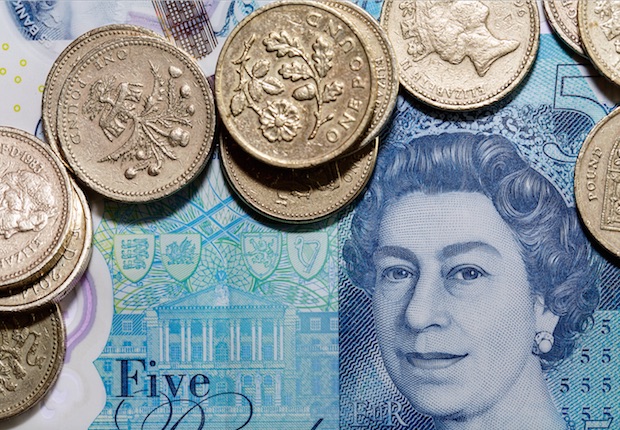
US-based international law firm White and Case has reported a 24% mean gender pay gap for fixed hourly pay as at April 2017.
The organisation has reported its gender pay gap data, excluding partners, in line with the government’s gender pay gap reporting regulations and ahead of the private sector submission deadline of 4 April 2018.
The gender pay gap reporting regulations require organisations with 250 or more employees to publish the difference between both the mean and median hourly rate of pay for male and female full-time employees; the difference between both the mean bonus pay and median bonus pay for male and female employees; the proportions of male and female employees who were awarded bonus pay; and the proportions of male and female full-time employees in the lower, lower middle, upper middle and upper quartile pay bands.
White and Case’s median gender pay gap for fixed hourly pay as at April 2017 is 31%.
Its mean gender pay gap for bonuses paid in the year to April 2017 is 45%, and the median gender pay gap for bonus payments is 71%. Over the reporting period, 44% of female employees received a bonus payment compared to 46% of male employees.
Approximately two-fifths (41%) of employees in the highest pay quartile at White and Case are female, compared to 54% in the second quartile, 61% in the third quartile and 77% in the lowest pay quartile.
White and Case attributes its gender pay gap to the distribution of men and women across different job roles within the business. For example, the firm’s secretarial roles, which make up 9% of all employees and 15% of female employees, are almost exclusively occupied by female staff. Its analysis also shows that women are underrepresented in senior positions.
To address its gender pay gap, White and Case has introduced mandatory unconscious bias training for all partners and managers, implemented coaching and mentoring opportunities for all female employees at key stages in their careers and is working to promote workplace policies such as family leave, childcare arrangements and flexible working.
The law firm also has a programme which requires its partners to project senior lawyer headcount by gender, forecast women partner candidates over a four-year period and facilitates accountability for retaining senior female lawyers. White and Case additionally has gender calibration on performance evaluations and equal pay reviews ahead of all employee compensation decisions and an internal network, called ALLiance, that is aimed at promoting gender balance. The firm is also actively involved with external organisations, such as Business in the Community, to further promote gender equality.
White and Case has committed to the Mansfield Rule, which measures whether women and ethnic minority candidates will make up at least 30% of the pool for partner promotions, lateral partners and leadership and governance roles.
Oliver Brettle, partner at White and Case, said in the report: “White and Case is committed to ensuring a diverse and inclusive workplace where all our people have equal opportunities to succeed, at every stage of their career at the firm.
“We have had a global women’s initiative in place for more than a decade, aimed at attracting, retaining and advancing top talent, which is essential to providing our clients with strong teams that reflect their needs.”